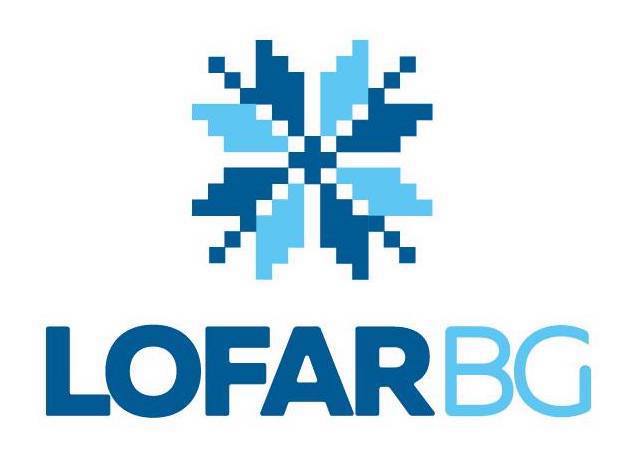LOFAR is the Low Frequency Array.
Text credit: ASTRON, Angel Dimitrov, Evelina Zaharieva, Ventsislav Dimitrov, Mariana Djordjevic, Kaloyan Kirilov
Over the last century, our knowledge about the Universe is being constantly augmented by astronomical observations in the visible, infrared, and ultraviolet light. One part of the electromagnetic spectrum, however, remains relatively weakly explored – the low-frequency radio wavelengths.
LOFAR is a multi-functional, highly innovative, pan-European distributed low-frequency radio telescope, operating between 10 and 240 MHz. It was developed by the Dutch Institute for Radio Astronomy (ASTRON) with the goal of exploring the early, distant Universe, solar activity, and the terrestrial atmosphere.
LOFAR does not have moving parts; steering and tracking across the sky are achieved by treating the signal from the individual antennas in each station with advanced digital beam-forming techniques that make the system agile, allowing for rapid repointing of the telescope as well as giving the potential for multiple simultaneous observations in different directions.
LOFAR is comprised of a large number of innovative observing stations throughout the Netherlands and parts of Europe, each consisting of phased arrays of dipole antennas, connected via fast optical fibres.

As of early 2021, there are 52 LOFAR stations, located in 8 countries in Europe. LOFAR has a dense core in the north of the Netherlands, close to Exloo, with 6 stations located within a 320m-diameter island known as the Superterp, and a further 18 stations within a 2 km radius.

The Superterp stations can be phased-up into a single station for increased sensitivity. Beyond the core, there are a further 14 ‘remote’ stations within the Netherlands, extending out to baselines of 90 km. LOFAR then has a further 14 international stations across about 2000 km. This combination of a dense core and long interferometric baselines spanning Europe allows LOFAR to achieve unparalleled sensitivity and angular resolution (comparable to the resolution of the Hubble Space Telescope at optical wavelengths) in the low-frequency radio regime.
Each LOFAR station has two separate antenna arrays: the low-band antennas (LBA), operating below 80 MHz, and the high-band antennas (HBA), operating above 110 MHz (the FM radio band prohibits observations between 80 and 110 MHz). These are shown in Figure 1. The signal from the antennas is streamed to a central processing facility based in Groningen (the Netherlands). The data rate is up to 3 Gb/s per station for the current LOFAR array, with a wide-area network connecting the Dutch LOFAR stations. Dedicated international fibre links are used to transport the data from international stations. The first stage of the central processing handles the real-time data operations, such as the correlation of the data streams. The correlated data is then streamed to an offline central processing facility, on which application-dependent offline processes are run on the data (e.g., for standard imaging, these include some or all of: flagging of data affected by external interfering radio emission; averaging; calibration; self-calibration; image creation). The data are then transported to the data centres where they are stored for further distribution to the scientific community. As of 2021, there are 3 partner data centres, located in Amsterdam (the Netherlands), Jülich (Germany), and Poznan (Poland).

With its wide and flexible range of capabilities, LOFAR is having an important impact on a broad range of astrophysics areas, from cosmology to Solar system studies. All of the access to observing time and other services is offered in response to open community calls for proposals that are independently peer-reviewed on scientific merit and technical feasibility.

